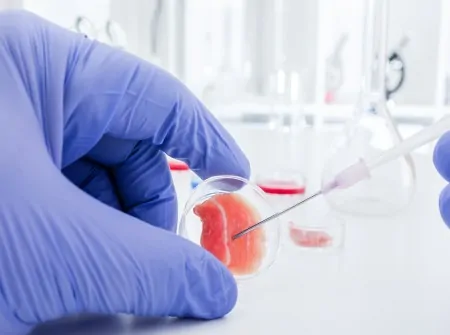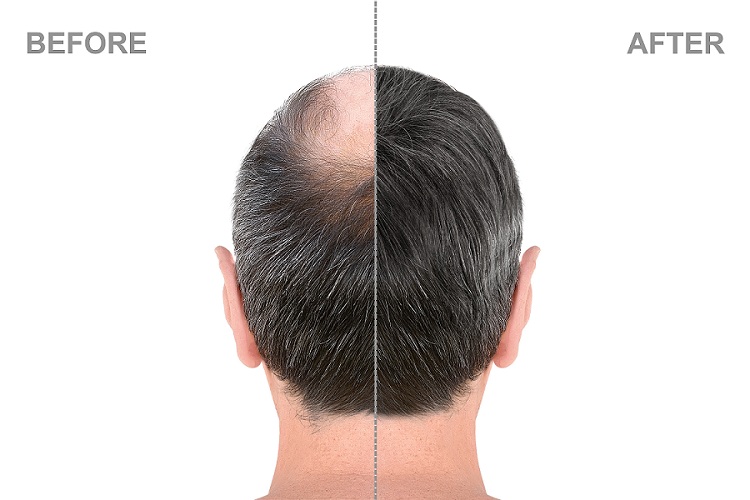Hair transplantation holds an effective remedy in solving the problem of missing or thinning hair on one’s head. Sometimes this may be even great subject to surprise for both patients and doctors when something opposite from this happens, such as white donor hair becoming black. Scientific and biological reasons for this phenomenon are explicated in this article, along with the practical implications related to patients and practitioners.
The Biology of Hair Color
Hair color is primarily dependent on the melanocytes, which are located in the follicles. Melanocytes are responsible for producing pigment called melanin; two main chemicals produced by the melanocytes that determine the color of the hair are eumelanin, which is brown-black color and decides darkness or lightness, and pheomelanin, which decides the level of intensity of the color and hue of red and yellow. Melanocytes tend to decrease slowly in the production of melanin with age, hence causing the hair to possess very little melanin, which gives it a silver or gray appearance.
Hair transplantation, usually done by relocating hair follicles from the back of the head to thinning or bald areas, is a common method. The reason is that the occipital region, or the back of the head—otherwise known as the donor area—is a great source for hair transplantation since these hair roots are genetically immune to hair loss. Nevertheless, extraordinary as it may seem, white hair after transplantation grows black in some instances.
Reasons Why Replanted White Hair Can Grow Back Black Melanocyte Reactivation:
When the hair follicle is transplanted to a new location, previously dormant melanocytes may again get reactivated. This reactivation may lead to speaking production of melanin and thus turning the formerly white hair black in color. This biological change occurs as the hair follicles adjust to their new environment.
1. Better Blood Circulation and Nutrition
Increased blood supply and enhanced nutrition to the transplanted follicles, along with growth hormone, can stimulate melanocyte activity. Increased nutrition and blood supply can reactivate the production of melanin as well in due course, eventually resulting in a color change from white to black.
The health of melanocytes is induced by hormones. The hormonal balance in the organism is changed following the medical intervention, which is an effect of hair transplantation. Variations in stress hormones or other functional factors of the hormones can influence melanin production and thus the color presented by hairs.
Genetic Factors:
Some genetic factors may allow the melanin production to be restarted by the transplanted hair follicles. Individuals with certain genetic makeup may, therefore, have the transplanted white hair growing back as black.
Hair Color Changes after Transplantation
Sometimes, however, the color of the hair is changed after the hair transplant. The change in color happens mostly because of the previously discussed mix of biological and environmental reasons. This, usually for the patients, is a pleasant surprise of white hair turning black, which is not always the case for each patient.
Can Transplanted Hair Change Color?
It can also happen that color of the transplanted hair changes after melanocytes start working again. The changes may come as the transplanted hair adjusts to their new place, although not necessarily all the transplanted hair undergoes this change. The likelihood of hair color change depends on such individual genetic and biological factors.
Donor Area and Hair Color
Hair follicles harvested from the back of the head (the donor area) may re-grow as black, due to the potential of reactivated melanocytes. These hair follicles continue growing healthily in their new site. If melanocyte activity restarts, previously white hair can turn black.
Hair transplantation may present effective solutions for hair loss with surprising results—hair, after transplantation, sometimes turns from white to black. This may be attributed to the reactivation of melanocytes, improved blood circulation and nutrition, hormonal changes, and genetic factors. While this could be a pleasant surprise for patients, that does not necessarily mean all transplanted hair will change its color. One comes to a full realization that hair transplantation, to be successful, is awfully intricate when he/she gets the grasp of these complexities.
Our Hair in Istanbul professionals work with the most advanced techniques in hair transplantation for creating solutions specifically according to the patient’s comfort. Aesthetic and natural results are our goal in order to increase self-esteem among our patients. Please come to our clinic for any details and consultation regarding hair transplantation.




